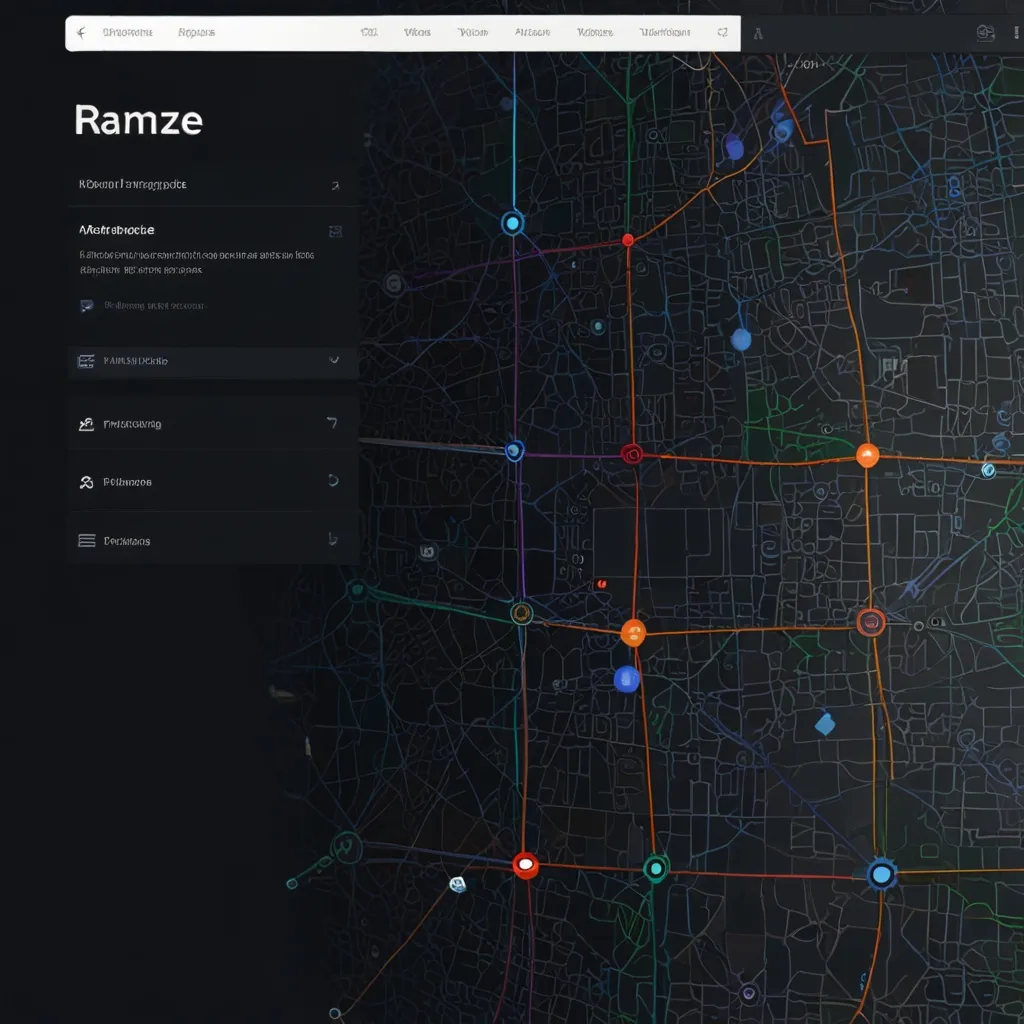When you think about web development in Ruby, there’s a buffet of frameworks you can pick from, each bringing its own flavor and strengths to the table. But if you’re looking for something light and modular, yet powerful and easy to understand, Ramaze is like that perfect blend of simplicity and flexibility.
Meet Ramaze
What sets Ramaze apart is its sheer simplicity and modularity. It doesn’t try to bog you down in overwhelming complexity; instead, it offers a clean and straightforward framework – a refreshing choice for anyone, especially if you’re just starting out or want to quickly whip up a prototype. While heavy hitters like Ruby on Rails have their place, sometimes you just want to get things done without the extra fluff.
Why Ramaze Rocks
One of the key reasons to consider Ramaze is its feather-light core. It’s like having a sports car instead of a massive SUV: nimble, quick, and resource-efficient. If speed and performance are non-negotiables in your project, Ramaze can be your go-to choice.
Now, let’s dive into some of Ramaze’s killer features:
Flexible Routing: Modern web applications often have complex routing needs, and Ramaze shines here with its flexible routing capabilities. You have the freedom to design the routes that make the most sense for your application, avoiding the constraints that come with more rigid frameworks.
Built-in Templating Engine: Dynamic content generation is a breeze with Ramaze’s built-in templating engine. It supports various templating systems, giving you the liberty to pick the one that fits your needs best. Whether you’re updating user profiles or rendering dynamic dashboards, the templating engine has your back.
Getting started with Ramaze is pretty straightforward. Here’s a quick taste of what setting up a basic web app looks like:
require 'ramaze'
class MainController < Ramaze::Controller
map '/'
def index
"Welcome to Ramaze!"
end
end
Ramaze.start
This snippet illustrates just how simple it is. The MainController inherits from Ramaze::Controller, maps the root URL to the index method, and voila – a welcome message awaits at your root URL. Finally, Ramaze.start kicks off the server.
Embracing Modular Design
Ramaze encourages a modular design ethos, which is a fantastic way to keep your code organized and maintainable. Imagine you’re building an e-commerce website. You can split functionalities into modules for user authentication, product management, and order processing. This makes managing your codebase less of a headache and streamlines the development process.
Smooth Performance and Scalability
Performance junkies, this one’s for you. Ramaze isn’t just about being lightweight; it’s geared towards handling high-traffic web apps efficiently. Faster response times and lower resource consumption make it a stellar choice for performance-centric projects.
Ideal Use Cases for Ramaze
Certain scenarios are a match made in heaven for Ramaze:
Speed-Freak Applications: When milliseconds matter, Ramaze’s lightweight core shines in delivering quick responses and snappy performance.
Quick Prototyping: Sometimes, you need to get your idea out of your head and into a functioning web app. Ramaze’s simplicity lets you do this without wading through a sea of configuration.
Learning and Education: Because it keeps things clean and straightforward, Ramaze is perfect for those dipping their toes in the vast ocean of web development using Ruby. The lack of convoluted setups makes it easier to grasp the fundamentals.
A Fun Exercise: Building a Simple Blog
To truly appreciate Ramaze’s elegance, let’s build a basic blog. Here’s an example structure:
require 'ramaze'
class BlogController < Ramaze::Controller
map '/'
def index
# Display a list of blog posts
@posts = Post.all
render('index.erb')
end
def show(id)
# Display a single blog post
@post = Post.find(id)
render('show.erb')
end
def create
# Create a new blog post
post = Post.new(params[:title], params[:content])
post.save
redirect '/'
end
end
class Post
attr_accessor :id, :title, :content
def initialize(title, content)
@id = rand(1000)
@title = title
@content = content
end
def save
# Save the post to a database or storage
end
def self.all
# Retrieve all posts from the database or storage
# For simplicity, let's assume we have some posts
[
Post.new('Post 1', 'This is the content of Post 1'),
Post.new('Post 2', 'This is the content of Post 2')
]
end
def self.find(id)
# Retrieve a post by its ID from the database or storage
# For simplicity, let's assume we find a post
Post.new('Found Post', 'This is the content of the found post')
end
end
Ramaze.start
Here’s how it works: The BlogController handles displaying posts, showing individual posts, and creating new ones. The Post class is a simple representation of our blog posts. Even though it’s basic, this example perfectly showcases the kind of structure you can build with Ramaze.
Wrapping Up
Ramaze is like the unsung hero in Ruby web development frameworks – humble, efficient, and downright effective. Its combination of simplicity, modular design, and performance makes it a solid pick for various project needs. Whether you’re building high-octane applications, rapidly testing ideas, or learning the ropes of web development, Ramaze stands out as a reliable, easy-to-use framework. So next time you think of diving into Ruby web development, give Ramaze a spin – you might just find your new favorite tool.






